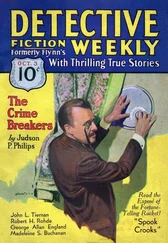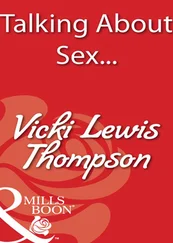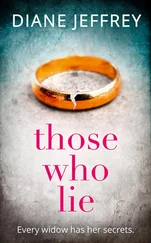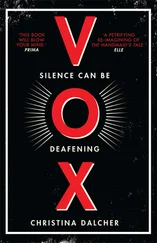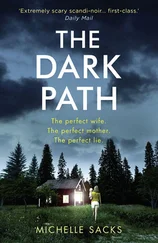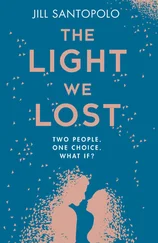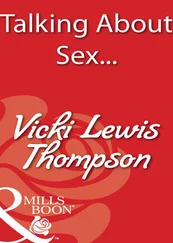One of the first decisions any novelist has to make, of equal importance to the choice of setting, is viewpoint. Through whose mind, eyes and ears should we, the readers, participate in the plot? Here the writer of detective stories has a particular problem arising from Monsignor Ronald Knox’s insistence that the reader should not be allowed to follow the murderer’s thoughts, a prohibition on which Dorothy L. Sayers so feelingly dwelt. But I wonder whether there might not be exceptions to Monsignor Knox’s rule. Surely there must be some moments when the murderer’s thoughts are not dominated by the enormity of what he has done and the risks of exposure. Could the writer not enter into his mind when he wakes in the small hours with memories of some traumatic event in his childhood which the writer can exploit in clue-making and use to give some idea of the killer’s character? And there must be other brief moments in the day when something other than his own peril occupies his mind. But the difficulty remains.
The first-person narrative has the advantage of immediacy and of reader identification and sympathy with the one whose voice he hears. It can also be an aid to credibility, since the reader is more likely to suspend disbelief in the more improbable twists in the plot when hearing the explanation from the person most concerned. “Looking back now I cannot really explain why I decided to put my wife’s body in the refuse sack, carry it with some difficulty to the boot of the car and drive a hundred and fifty miles to drop it over Beachy Head. But I was desperate to get away from the house as quickly as possible and it seemed a good idea at the time.” I doubt whether this passage has ever been penned, but we have all read some uncomfortably like it. But the disadvantage of a first-person narrative is that the reader can only know what the narrator knows, seeing only through his eyes and experiencing only what he experiences and, in general, it is more appropriate to the fast-action thriller than to the detective story. One of the most effective uses of first-person narrative is by Raymond Chandler. In the brilliant opening to The Big Sleep the reader learns from a few short sentences where we are, what the day is like, the occupation of the hero, something about his personality, details of the clothes he is wearing, and finally why he is waiting at that particular door.
The story told by the Watson figure is less restricting because we can get his view of the detective’s character and methods as well as the progress of the investigation, and was used with some success in the early days of the Golden Age. There is, however, the danger that if the character is portrayed as more than a functional necessity he will become too alive, too interesting and too important to the plot, competing as hero with the detective; if he is not vitally alive he becomes a superfluous if convenient mouthpiece for information which could be more subtly and interestingly conveyed.
Then there is the variation of the first-person narrative in which the story is told in the form of letters or in the actual voices of the characters, of which The Moonstone is a prime example. Dorothy L. Sayers was so admiring of Wilkie Collins’s achievement that she decided to follow his example and write a novel more ambitious than her existing work and which would not feature Lord Peter Wimsey In a letter to her scientific collaborator Eustace Barton, M.D., she wrote:
In this story… it is obvious that there must be a powerful love interest, and I am going to turn my mind to making this part of the book as modern and powerful as possible. The day of the two nice young people whose chaste affection is rewarded on the final page, has rather gone by.
Apart from the wish to do something new, she said she was looking forward to getting a rest from Lord Peter because “his everlasting breeziness does become a bit of a tax at times.” The novel, The Documents in the Case , was loosely based on the tragic Thompson-Bywaters murder, where a dull and unloved husband is killed by the young lover of his wife, and the story is told variously through letters from a young man living in the same house as the married couple, the other participants in the story, the killer, and newspaper reports giving at length the evidence from the coroner’s inquests. But Sayers knew that she hadn’t succeeded in her ambition. The love affair is too tawdry and uninteresting to generate the passion necessary to provoke murder, and the novel is a depressing read. Sayers herself wrote:
In my heart I know I have made a failure of it… It has produced a mingled atmosphere of dullness and gloom which will, I fear, be fatal to the book… I wish I could have done better with the brilliant plot.
It was an experiment she was not to repeat. No other crime novelist as far as I know has attempted to copy let alone emulate Wilkie Collins, but it would be interesting if someone were to try.
My own choice of viewpoint is partly authorial, a detached recorder of events, and partly to move into the minds of the different characters, seeing with their eyes, expressing their emotions, hearing their words. Most often the character will be Dalgliesh, Kate Miskin or a more junior member of the detective team, one of the suspects or a witness. This for me makes a novel more complex and interesting, and can also have a note of irony as this shifting viewpoint can show how differently we can all perceive the same event. I feel it is important, however, not to alter the viewpoint in any one chapter. The distinguished critic Percy Lubbock discussed the question of viewpoint in his 1921 book The Craft oft Fiction . The novelist, he said, can either describe the characters from outside, as an impartial or partial observer, or can assume omniscience and describe them from within, or can place himself in the position of one of them and affect to be in the dark as to the motives of the rest. What he must not do, however, is to mix his methods and change from one point of view to another-as Dickens had done in Bleak House and Tolstoy in War and Peace . But there is no rule relating to the novel which a genius can’t successfully circumvent-and I generally agree with E. M. Forster, who writes in his book Aspects of the Novel :
So next time you read a novel do look out for the “point of view”-that is to say, the relation of the narrator to the story. Is he telling the story and describing the characters from the outside, or does he identify himself with one of the characters? Does he pretend that he knows and foresees everything? Or does he go in for being surprised? Does he shift his point of view-like Dickens in the first three chapters of Bleak House ? And if he does, do you mind? I don’t.
If we are talking of a genius, nor do I.
When I settled down in the mid-1950s to begin my first novel, it never occurred to me to make a start with anything other than a detective story. Mysteries were my favourite relaxation reading, and I felt that if I could write one successfully it would stand a good chance of acceptance by a publisher. I had no wish to write an autobiographical first novel based on my experience of childhood trauma, the war or my husband’s illness, although I have come to believe that most fiction is autobiographical and some autobiography partly fiction. I have always been fascinated by structure in the novel, and detective fiction presented a number of technical problems, mainly how to construct a plot which was both credible and exciting with a setting which came alive for readers, and characters who were believable men and women faced with the trauma of a police investigation into murder. I therefore saw the detective story as an ideal apprenticeship for someone setting out with small hope of making a fortune but with ambitions to be regarded eventually as a good and serious novelist.
Читать дальше


